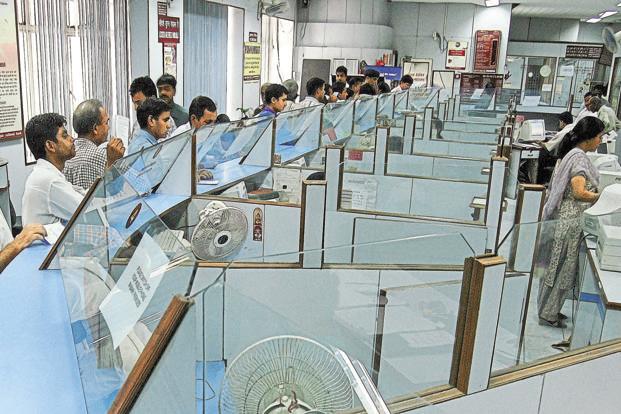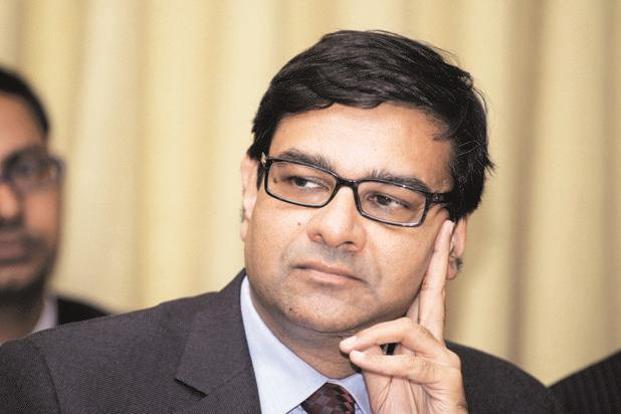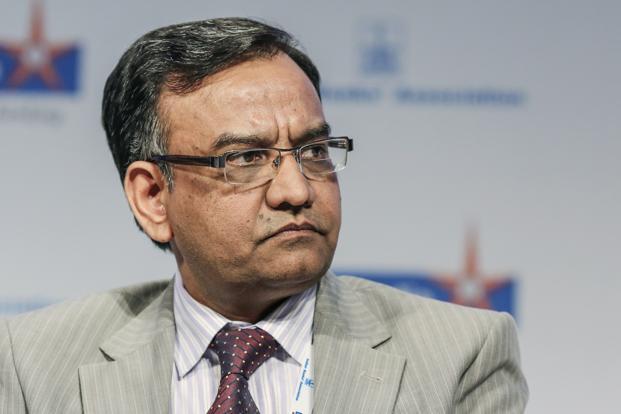What Rajiv Kumar, secretary, department of financial services in finance ministry, said last week on India’s public sector banks (PSBs) should be music to the ears of investors. The recovery of bad loans at PSBs has gained momentum in the June quarter; their operating profits have risen and the overall asset quality has improved. Besides, the provision coverage ratio of these banks has gone up to 63.8%, he has pointed out.
Kumar expects some of them coming out of the Reserve Bank of India’s (RBI’s) prompt corrective action, or PCA, framework, which puts restrictions on a bank’s activities. Currently, 11 out of 21 majority government-owned banks are under PCA and at least two of them have been barred from giving fresh loans. One of the 11, IDBI Bank Ltd, will soon be majority-owned by the Life Insurance Corporation of India. Kumar has reiterated the government’s commitment to infuse capital as and when they require, but hoped that some of the banks may not need it.
The stock market seems to be convinced with this. The bank stocks, particularly PSBs, have been on the rise in the past one month. Should investors be bullish on them? Are the PSBs back on the right track? Let’s take a close look at the June quarter earnings of banks over the March quarter, sequentially, to appreciate their progress, even though the right comparison should be between June 2018 and June 2017 (year-on-year) as different quarters have different characteristics in terms of growth in credit and deposits.
First, the good news. The aggregate operating profit of 21 PSBs has risen close to 13% even as 18 listed private banks’ operating profit actually dropped 1.34%. Of the PSBs, 14 have recorded an increase in operating profits and seven, including State Bank of India, Punjab National Bank and IDBI Bank, have witnessed a fall.
The provision for bad loans as well as erosion in the value of the bond portfolio has dropped for both PSBs (51%) as well as private banks (27%). The PSBs collectively have made a net loss of ₹ 16,969 crore, almost one-fourth their net loss in March (₹ 63,020 crore). Listed private banks’ collective net profit has risen marginally by 3.5%.
In the March quarter, 19 PSBs were in the red. In June, 14 of them have made losses. While Indian Bank and Vijaya Bank continued to make profits, at least four large PSBs—Bank of Baroda, Canara Bank, Bank of India and Union Bank of India—have bounced back to black.
Other income, which includes fees, treasury profits and sale of non-core assets, continued to slide both for PSBs (over 29%) and private banks (9%), primarily because of treasury losses on the back of rising bond yields, but the net interest income has risen 16% for PSBs and 3% for private banks. On both these parameters, year-on-year figures, too, reflect the same trend—other income has fallen, but net interest income has risen.
The listed banks’ kitty of gross non-performing assets, or NPAs, dropped marginally—a little more than 2% from ₹ 10.25 trillion in March to ₹ 10.03 trillion in June. For PSBs, the drop is marginally more at 2.5%, from ₹ 8.97 trillion to ₹ 8.74 trillion. In June 2017, it was ₹ 7.33 trillion. Clearly, the pace of fresh slippage has slowed. Aided by provision and aggressive write-offs, the net NPAs of all listed banks have dropped a little over 6%, from ₹ 5.18 trillion to ₹ 4.85 trillion (for PSBs, from ₹ 4.54 trillion to ₹ 4.26 trillion). Should we celebrate and uncork the champagne bottle? Hold on, please. A close look at some of the banks’ bad loan pile-ups will tell you that the party time has not yet arrived.
Thirteen of 21 PSBs have recorded higher bad loans as a percentage of their loan portfolios in the June quarter. IDBI Bank takes the cake, with almost one-third of its loan book turning rotten (30.78%). At least two banks have one-fourth of their loan book bad—Uco Bank (25.71%) and Indian Overseas Bank (25.64%), while three other banks have more than 20% gross NPAs (Dena Bank, Central Bank of India and Bank of Maharashtra). Besides, six banks have at least 15% and up to 18% gross bad loans (Punjab National Bank, Oriental Bank of Commerce, Corporation Bank, Andhra Bank, Bank of India and Allahabad Bank).
The NPAs were created over a period of time. So, the PSBs’ balance sheets cannot be cleaned up as quickly as we wish to. In the coming quarters, some of them will continue to show rise in NPAs as they would need to take care of their bad loans in the power sector. In the process, many banks will see erosion in capital. The worst is not behind us, but to use a cliché, finally there is some light at the end of the tunnel. More on this next week.



